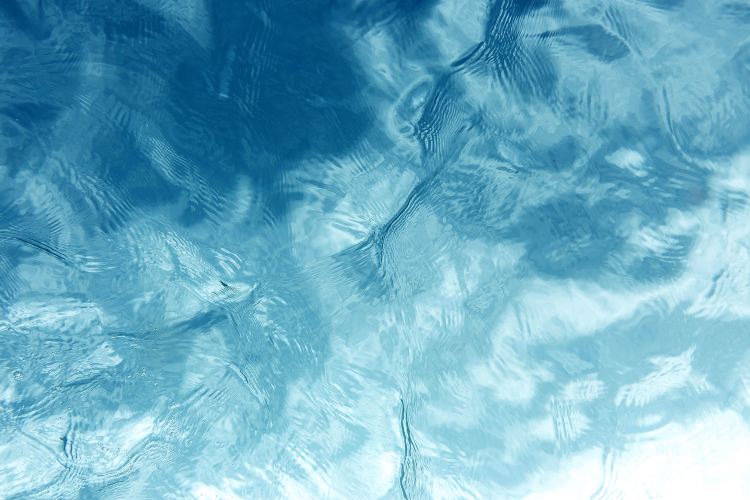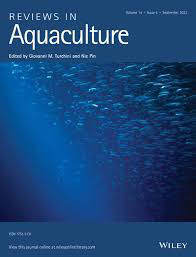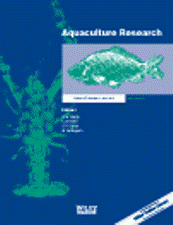Dietary requirement for n-3 long-chain polyunsaturated fatty acids for fast growth of meagre (Argyrosomus regius, Asso 1801) fingerlings

Abstract
The establishment of well-balanced diets that meet nutrient requirements is important to optimize a large-scale production of new aquaculture species. This is the case of meagre (Argyrosomus regius), a promising new aquaculture species, with great potential owing to its high growth rate, feed efficiency and easy adaptation to captivity. Knowledge on the nutritional requirements of this species is still scarce, namely regarding essential fatty acids, which are required to sustain growth, development, immune status and survival. A feeding trial was performed with meagre fingerlings (2.8 g ± 0.23) testing 5 increasing dietary n-3 LC-PUFA levels (0.8, 1.4, 2.0, 2.6 and 3.6% DM) with the purpose of evaluating the n-3 LC-PUFA requirements for fast growth of meagre fingerlings. Meagre reflected very high specific growth rates (4.1 to 4.6%) and low feed conversion ratios (0.7 to 0.8), thus highlighting its great potential for aquaculture production. Fish fed 0.8% n-3 LC-PUFA showed the lowest growth, which was significantly improved by increasing the dietary n-3 LC-PUFA levels up to 2.0–2.6%. DHA and ARA were preferentially retained over EPA in whole fish body. Fish fed 0.8% n-3 LC-PUFA showed an up-regulation of fads2 and elovl5 relative gene expressions. Thus, meagre seems to have active Δ6 desaturases and Elovl5, but their activities being insufficient to produce DHA and EPA from PUFA precursors to sustain fast growth, at least under the experimental conditions tested. Young meagre shows a typical marine requirement for n-3 LC-PUFA, estimated to be, at least, 2.0% DM of the diet.

